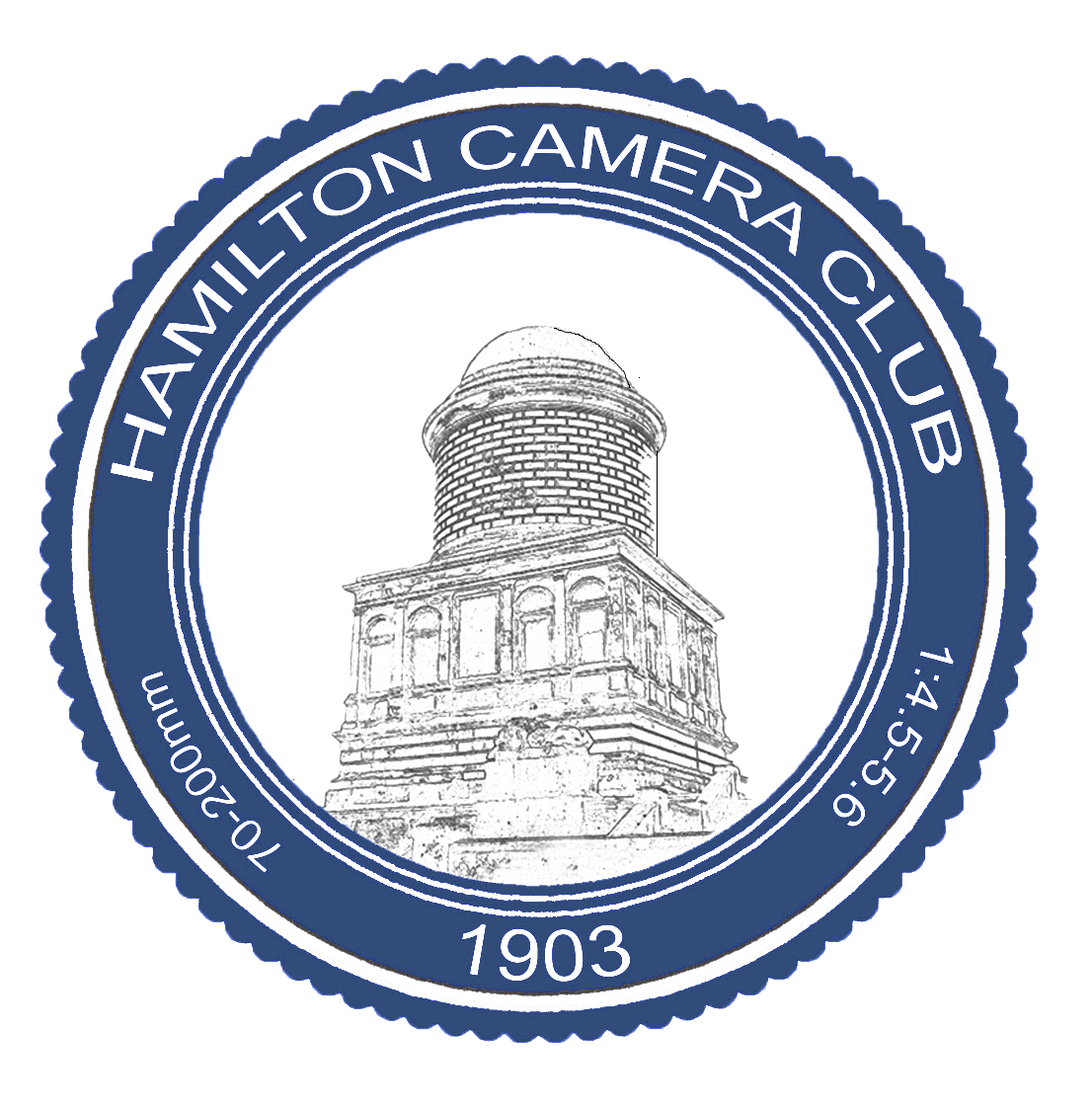A Creative Eye: Glasgow and Beyond
In a fascinating talk, Glasgow & Beyond: Evolving a Creative Eye, Margaret Rainey FRPS entertained and inspired club members with the story of her photographic journey, setting out initially as what she termed a “straight photographer” but increasingly becoming a “creative photographer”. She also highlighted some of the techniques, successes and failures that she had experienced along the way.
Many of Margaret’s early works were classic landscape shots, taken not only in Scotland but in countries across the world, such as the United States, New Zealand and Iceland. Even at this earlier stage she showed both a firm grasp of technique and an eye for form, structure and colour, giving her photographs a visual impact over and above their subject matter. Even as she was attaining mastery in this genre, however, she was beginning to feel dissatisfaction at placing the feet of her tripod in the divots recently left by the previous photographer. She recalled a visit to Bamburgh Castle, standing amidst a knot of photographers capturing its iconic silhouette upon the shoreline. As her colleagues stood around waiting for a change in the light to provide a different aspect to the scene, Margaret wandered off looking for something more interesting at which to point her lens. Coming upon some frozen seaweed she made a photograph emphasising its abstract shapes and tones. She was starting on a different journey.
So how could she begin to take her art further? One approach was the use of infrared photography - to put her subjects literally in a different light. In a striking series of scenes photographed in the US, she captured vast landscapes with isolated buildings, abandoned vehicles and the skeletal remains of long-deceased animals. She was clearly drawn to the surprising contrasts of dark skies with bright foliage, and the swirling monochrome tones that the infrared spectrum revealed, going on to apply the technique to subjects ranging from individual plants to whole cityscapes.
Cities and waterways were both to become major elements in Margaret’s work. When photographed with an artist’s eye they offered abstract contours and myriad colours that satisfied Margaret’s need to go beyond merely recording the objects in front of her. The repeating, reflected and distorted lines and shapes in these pieces invite the viewer to look more deeply into the image so that they begin to create their own story about what they are seeing.
It was with one particularly remarkable series of photographs of London buildings that Margaret won fellowship of the Royal Photographic Society. Monochrome images of architectural elements were fractured into Escher-like scenes with no obvious up or down. A glass elevator is suspended against a backdrop of chaotically arranged struts, staircases and pillars. We see what may be the great gantries of some massive industrial complex, or could they be the minute workings of a mechanical clock?
In more recent photographs, Margaret is exploring the use of long and multiple exposures to add more mystery and nuance to the subjects of her work. In a scene reminiscent of L.S. Lowry, shadowy, forward-leaning figures are seen hurrying across the wide terminal of Grand Central Station in New York. In other pieces, the Edinburgh skyline floats like an island in the sky. The Glasgow Riverside museum becomes a spaceship. The entrance to Glasgow’s Armadillo transforms into a Christmas bauble.
There are probably two main things that strike me about Margaret’s work. First, that she is on an endless journey to uncover something new in views and scenes that we may have taken for granted. Second, that she is doing this without recourse to particularly special equipment or access to rare or unusual subjects - just a creative eye.
You can see more of Margaret’s work on her website: https://www.mmrainey.com




